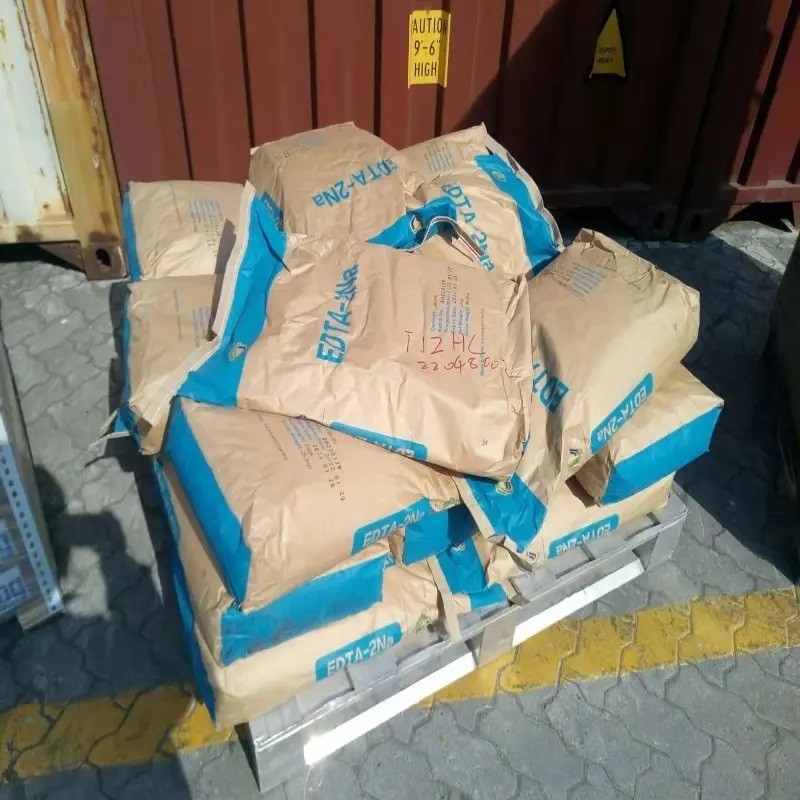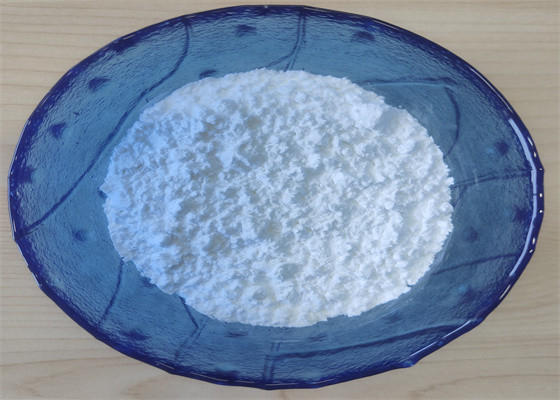
72-17-3
- Product Name:Sodium lactate powder
- Molecular Formula:C3H5NaO3
- Purity:99%
- Molecular Weight:112.07
Product Details;
CasNo: 72-17-3
Molecular Formula: C3H5NaO3
Appearance: colourless liquid
Buy Reliable Quality Sodium lactate powder 72-17-3 Best Price
Specification:
- Chemical formula: C3H5NaO3
- CAS Number: 72-17-3
- Molecular weight: 112.06 g/mol (anhydrous)
- Appearance: Clear, colorless liquid or white crystalline solid
- Solubility: Highly soluble in water
- pH: Varies depending on concentration
Features:
-
Moisture Retention: Sodium lactate has excellent humectant properties, meaning it can attract and retain moisture. This feature is beneficial in food products, cosmetics, and personal care items, helping to prevent drying and maintain product quality.
-
pH Regulation: Sodium lactate can act as a pH regulator, helping to adjust and stabilize the pH of various formulations. It is commonly used to control acidity or alkalinity.
-
Antimicrobial Properties: Sodium lactate exhibits antimicrobial properties, inhibiting the growth of certain bacteria and fungi. It can help extend the shelf life of food products and enhance their safety.
-
Flavor Enhancer: Sodium lactate can enhance the flavor of food products, particularly in meat and poultry applications. It can improve the taste and overall sensory experience.
-
Compatibility: Sodium lactate is compatible with a wide range of ingredients and formulations. It can be easily incorporated into various systems without causing significant interactions or stability issues.
Description:
- Chemical Formula: C3H5NaO3
- Molecular Weight: 112.06 g/mol
- Appearance: 60% Sodium Lactate Liquid is a clear, colorless to slightly yellowish liquid.
- Odor: It may have a slightly sweet or salty odor.
- Solubility: Sodium Lactate is highly soluble in water.
Specification:
- Concentration: 60% Sodium Lactate Liquid contains 60% Sodium Lactate by weight, with the remaining portion typically being water.
- pH: The pH of the solution is usually between 6.5 and 8.5.
- Density: The density of 60% Sodium Lactate Liquid can vary, but it is typically around 1.27 g/cm³ at 20°C (68°F).
- Viscosity: It has a relatively low viscosity.
IUPAC Name: sodium 2-hydroxypropanoate
Molecular Formula: C3H5NaO3
Molecular Weight: 112.059770 g/mol
| Physical state: | liquid |
| Odor: | characteristic |
| Taste: | not available |
| Color: | colourless to yellowish |
| Ph (1% soln/water): | < 2.0@ 20 °c (10% solution) |
| Boiling point: | 120°c @ 15 mm hg |
| Melting point: | decomposition temperature > 180°c |
| Flash point: | > 112 c |
| Critical temperature: | not available. |
| Specific gravity: | 1.18-1.25 g/cm³ @20oc (h2o=1) |
2.Specification:
Sodium lactate index:
assay: > 60%
chloride: < 0.05%
arsenic: < 1mg/kg
pb< 10mg/kg
sulphate: < 0.05%
methnol and methyl ester < 0.25%
cyanide: < 0.5mg/kg
| Packaging | 1kg-15kg packing | 2 PE bag inside + 1 foil bag outside in carton | ||
| 25kg-50kg packing | 2 PE bag inside + 1 foil bag outside in drum | |||
| Other packing | Customized packing | |||
| Drum Size | D38cm*H60cm or customized, 25 kg/ drum | |||
| Shipping | 1-50kg | International Express | Fast and convenient | Door to Door |
| 50-500kg | Air Transportation | Fast and cheap | To Air Port | |
| Above 500kg | Sea Transportation | Cheap and convenient | To Port | |
Sodium lactate(Cas 72-17-3) Usage
|
Description |
Sodium lactate powder is a versatile compound with antimicrobial properties, making it valuable in a wide range of applications across different industries. From extending the shelf life of food products to enhancing the efficacy of pharmaceutical formulations and promoting plant growth in agriculture, sodium lactate powder plays a crucial role in various sectors. |
|
Chemical Properties |
colourless liquid |
|
Uses |
Food Industry: Sodium lactate powder is widely employed in the food industry as a food additive and preservative. Pharmaceuticals: In the pharmaceutical industry, sodium lactate is utilized as an excipient in various formulations. Personal Care Products: Sodium lactate finds applications in personal care products, including cosmetics, skincare, and hair care items. Agriculture: In agriculture, sodium lactate can be used as a soil conditioner and plant growth stimulant. |
|
Who Evaluation |
Evaluation year: 1974 |
InChI:InChI=1/C3H6O3.Na/c1-2(4)3(5)6;/h2,4H,1H3,(H,5,6);/q;+1
72-17-3 Relevant articles
Evaluation of sodium lactate as a replacement for conventional chemical preservatives in comminuted sausages inoculated with Listeria monocytogenes
Soon Hee Choi, Koo Bok Chin
, Meat Science Volume 65, Issue 1, September 2003, Pages 531-537
Sodium lactate at an incorporation level of 3.3% to sausage formulation had an antilisterial effect similar to those of 0.05–1.0% of PS or SB and delayed the lag phase for the growth of Listeria monocytogenes at least 2 weeks, compared with the control.
Control of Listeria monocytogenes in Ready-to-Eat Meats Containing Sodium Levulinate, Sodium Lactate, or a Combination of Sodium Lactate and Sodium Diacetate
R.L. Thompson, C.E. Carpenter, S. Martini, J.R. Broadbent
, Journal of Food Science, Volume73, Issue5 June/July 2008 Pages M239-M244
This study investigated the use of sodium levulinate to prevent outgrowth of Listeria monocytogenes in refrigerated ready-to-eat (RTE) meat products. Turkey breast roll and bologna were formulated to contain 1%, 2%, or 3% (w/w) sodium levulinate, 2% sodium lactate, a 2% combination of sodium lactate and sodium diacetate (1.875% sodium lactate and 0.125% sodium diacetate), or no antimicrobial (control).
Relevant Products
-
Modified starch
CAS:9005-25-8
-
L-Tryptophan
CAS:73-22-3








